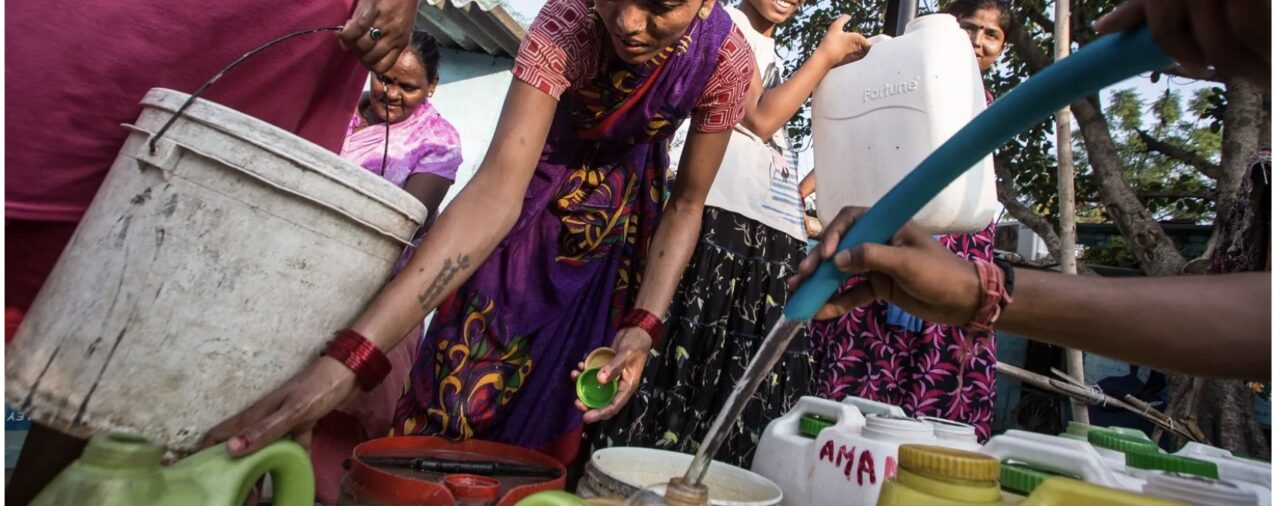Transforming Lives through Localization
Being the second-most populated country, India balances its huge water demand with limited resources. It sets an inspiring example for water and sanitation management through a catena of judicial decisions on the subject-matter and public participation on grass-root level.
Independent studies notes that government plans and policies have contributed to an increased quality of life of the population. Amid prevailing economic and environmental stress, India remained committed to the spirit of leaving no one behind by improving safe drinking water and access to toilet facilities, particularly for women and rural communities. In this context, the research paper highlights Indian experiences of securing SDG 6 and outline crucial lessons from its implemented policies.
The Indian localization approach demonstrates an impressive strategic model on SDGs. Application of the Indian SDG localized model secures enormous water demands, improves infrastructure, creates opportunities, and strengthens democratic ties.
Further, the adoption of two of its prominent schemes, Jal Jeevan Mission and Swachh Bharat Abhiyan has significantly fulfilled the water and sanitation related needs of local communities. Provided that a large population belongs to poor and under-developed region, Indian experiences on achieving SDGs will play a substantial role in setting examples for other countries. Moreover, it suggests inclusive and structured water management policies beneficial for applying SDG 6 in other parts of the world.
SDG6 – Why it matters – Siddharth Singh (India) – Complete
https://www.uvu.edu/global/docs/wim22/sdg6/sdg6-singh.pdf






